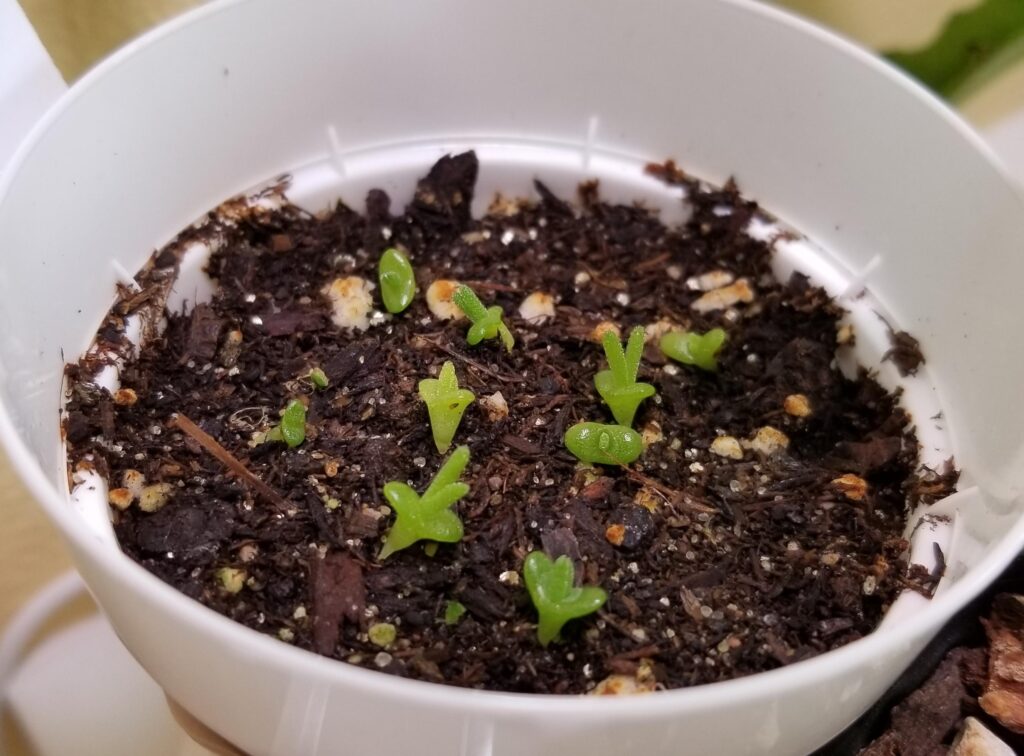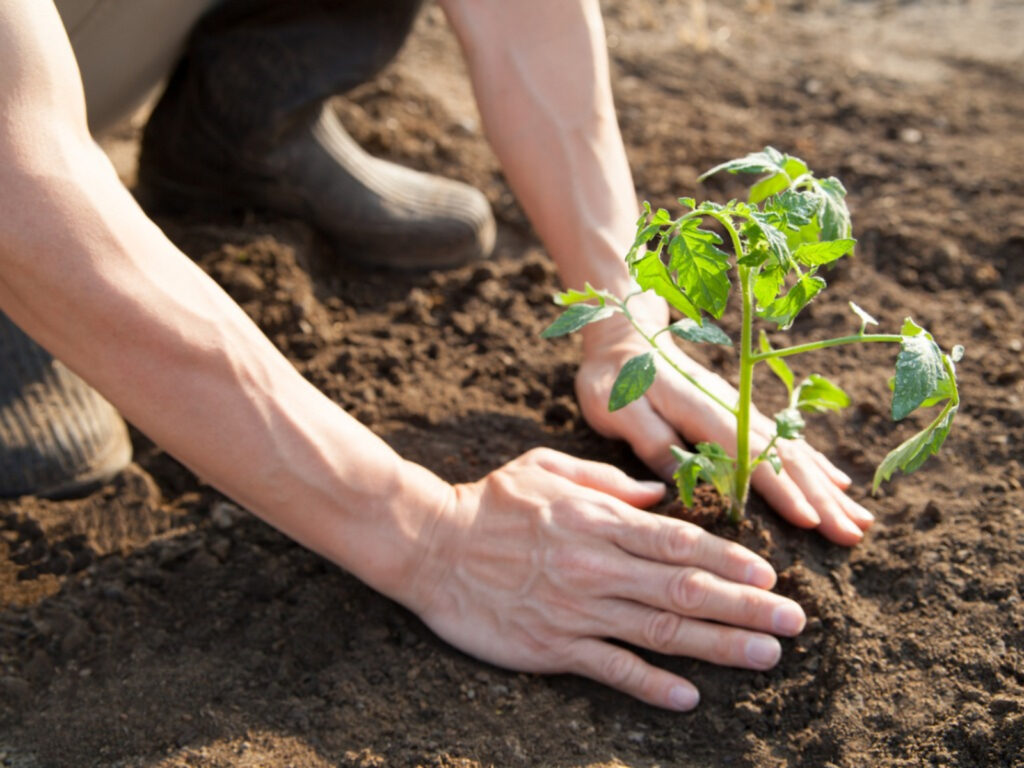
Weeds always find a way to grow with crops in gardens, lawns, plants, and flowers. These unwanted plants attract harmful parasites and insects that could destroy our plants’ nutrients and affect the germination of crops. Some weeds have advantages and can be effective agents that protect the soil and improve its pollination. However, weeds usually offer more harm than good— destroying necessary nutrients for plant growth and germination. Although weeds are usually unavoidable evils in lawns and gardens, there are some effective methods that can help you take uproot these undesirable plants without damaging your garden. This review will contain various methods to guide you in successfully getting rid of weeds. Not all these methods require the use of chemicals, so you can choose to apply your preferred method. So, let’s continue.
There are various ways to uproot weeds growing among your crops. One of the best ways to do this is to get rid of them without using chemicals. This process is great for getting rid of stubborn weeds in large areas.
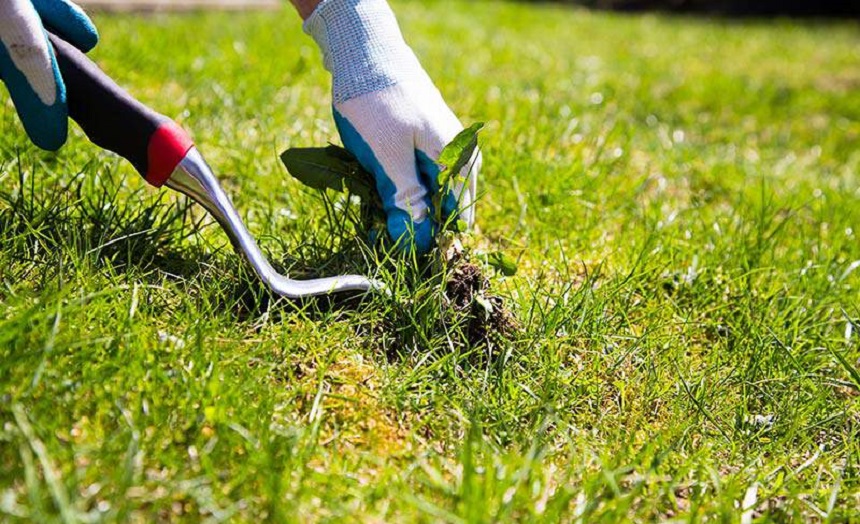
One of the best ways to naturally remove unwanted plants in your backyard or garden is by digging them. For this process, you will need a shovel for digging, a pair of fabric gloves, an apron, and a face mask. It would be helpful if you got a long sharp shovel or a pointed garden fork to dig up the weeds better by reaching the stems.
Mulching is a sure-fire way of tackling weed growth. Mulches comprise natural carbon mixtures such as grass clippings, dry leaves, hay bark, sawdust, shells, straw, kitchen scraps, comfrey, shredded newspaper, or cardboard. These natural components reduce sunlight to the weed, thereby preventing further growth and germination. Some of these natural materials also attract insects that aid with the removal of weeds. You can purchase these natural mulches from stores or create your own composition with the right organic residues. To apply your mulch mixture, you will need a biodegradable material like cardboard or newspaper to cover the weed-infested area. Ensure there isn’t any space that gives room for light. The next step is to soak the cover material and apply your preferred amount of mulch on top of your weed ‘carpet.’
It may come as a surprise, but corn gluten meal is another natural method that works in getting rid of weeds. Once you notice your plants are infested with weeds, you’d want to ensure you prevent further germination. Corn gluten is one method to stop the seeds from sprouting into fully grown plants. Get some corn gluten meal, spread them around the weed-infested areas, and leave it to work its magic. This method works best when the weeds are yet to sprout since the gluten meal acts as a pre-emergent.
Be careful not to spread the feed where you plant other seeds, as this will prevent them from germinating.
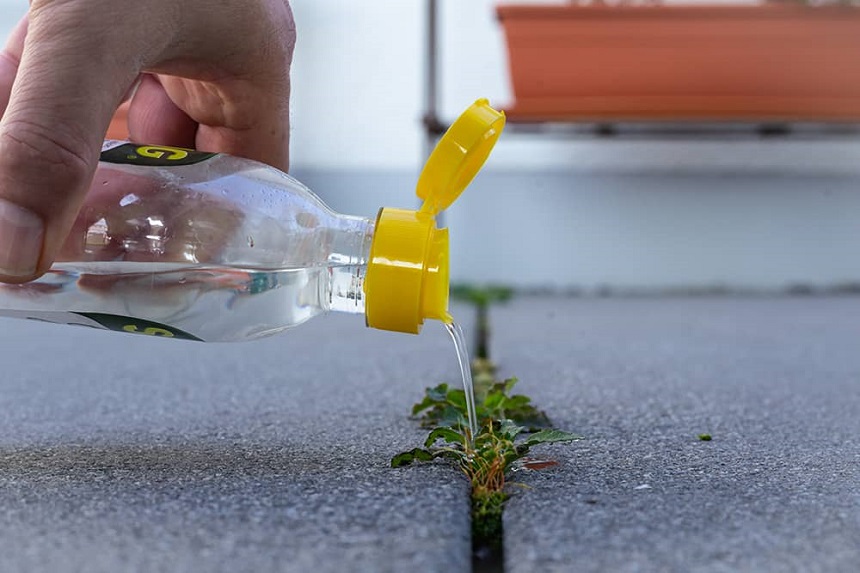
Vinegar Trusted Source How to Make and Use Vinegar Weed Killer | Martha Stewart According to Rebecca Sears, chief gardening guru at Seeds of Change, vinegar’s acidity plays the principal role in ridding your garden of unwanted growth. “The acid within vinegar breaks down cell walls and removes moisture from weeds, causing them to die off,” she says. “Vinegars that you keep in your kitchen, such as white vinegar, contain a level of acidity that can help remove weeds without affecting surrounding plants.” www.marthastewart.com is often used for various purposes and has become a popular alternative for many uses— and removing weeds is one of its many benefits. However, vinegar is quite corrosive and can cause skin irritation. You might experience skin reactions and itching upon contact. You will need white vinegar with at least 10% acid for this weed removal process. You can get one with a higher volume of acid for better effectiveness. Put some of your white vinegar in a spray container if it isn’t already in one, and spray all over your weeds. Repeat Trusted Source How to Use Vinegar as a Weed Killer | Better Homes & Gardens Household vinegar doesn’t work well when sprayed on older weeds, perennials, or grasses. Drenching the roots will likely be required (fall is a good time to do this) and even then, it likely wouldn’t have much effect. To get rid of tough, perennial weeds, a 20% vinegar solution is best. This type of vinegar, sometimes called horticultural vinegar, can be found at garden centers, farm stores, or online. www.bhg.com this process for a few days until your weeds perish. It would be best if you were meticulous with this application to ensure the vinegar doesn’t come in contact with your plants, flowers, or soil.
Another natural way of getting rid of your weed is to solarize them. This method involves directly exposing the weeds to sun rays, which helps neutralize its growth and effect on other plants. You will need plastic to concentrate the sun rays on the weeds to do this. Put the plastic over the weeds and leave it for about a month. This method is most effective in summer and humid seasons where the heat from sun rays can effectively cause the weeds to wither.
Using the above methods might not sit well with many due to fear of potentially destroying other garden plants or flowers. Alternatively, there are safer ways to eliminate your weeds without ruining your grass. Before applying these tips, ensure your grass is well-maintained and healthy. This will make it much easier to eliminate the weeds that sprout on your lawn with the following methods.
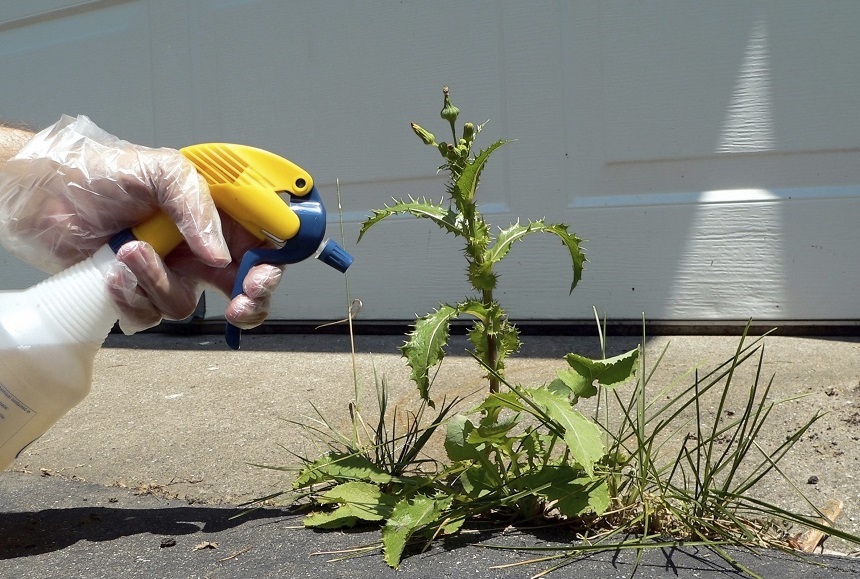
Baking soda is a cheaper homemade alternative to eliminate weeds in your garden. This product comes in powdered form. As a result, you must get your grass wet before carrying out this process. Once your garden or lawn is wet, sprinkle some baking soda on the area of the weed you want to eliminate. This budget-friendly option allows you to get rid of weeds with an easy-to-reach substance.
If you can’t wait to get rid of the weed on your lawn, you could use your hands to pull out the weeds from their roots. Reach for the middle of the root, and hold it firmly before uprooting the weed. Avoid performing this method with bare hands; get a pair of leather or rubber gloves. Although this method can be stressful and time-consuming, hand weeding will help you get the whole root and prevent any new weed growth from the field.
Eradicating weeds in larger areas can be much more difficult than usual. People sometimes find it hard to apply typical weed removal procedures in larger and open spaces due to the lawn size, which normally indicates “more weeds” to uproot. Here are some tips to help you take care of weeds growing in large areas.
The trick to clearing weeds in large spaces is carrying out the removal process one step after the other. Removing weeds in large spaces is often tricky, so it is best to start by dealing with the germinated ones; first, focus on uprooting as many fully grown weeds as possible. The hand weeding method will come in handy here. For taller weeds, you might need a grass cutter to cut off the weed tops before pulling them out from the center.
Once you’ve cut these tall weeds to the ground, you can focus on other steps. This step-by-step approach makes eradicating weeds lurking within your plants in large spaces easier.
We’ve talked about solarizing as an effective way to kill weeds. However, this method will be difficult to execute in large areas, which brings us to a faster alternative— gas weeders. While this might sound dangerous, it is quite effective at killing weeds in large areas and potentially destroying the weed soils, leaving no room for regrowth. A gas weeder can be tricky to use, so should you decide to purchase this product, read and follow the instructions in the package. The last thing you want is to burn your sowed plants along with the weeds.
Digging up the weed roots is one of the best ways to clear your garden of unwanted plants. We are aware this method can be tedious and tiring. However, digging up these roots will help you get rid of the weeds and the soil, preventing it from regerminating. You can effectively apply this process to uproot weeds in large spaces. You could employ a few laborers depending on the size of your garden or call some friends around and get digging—you might find this weed removal process pretty fun and less time-consuming.
Some weeds are tougher to uproot than others because they are so deep in the ground. Even after uprooting these weeds, you might feel skeptical about not clearing them properly, which leaves the possibility of regrowth. Here are some methods you can apply to eliminate deep-rooted weeds completely.
While hand weeding is quite effective, it sometimes fails to get deep-rooted weeds in your garden. This is why we advise you to use a shovel to reach deeper into the ground and pull-out weeds along with their contaminated soil. Garden shovels are perfect for this purpose. Thanks to their curved base and sharp edges, you can dig deeper into the soil and bring out the weed roots with less effort.
If your mini garden is infested with weeds, you can grab a few mini gardening tools such as a hand fork, hand trowel, spade, or even an old knife to get to the deep-rooted parts of the weeds. Hand digging is more suitable for removing weeds in smaller and more confined areas.
If you are unwilling to get your knees dirty or find hand digging strenuous, you can use some standing tools. With a sharp-pointed long-handled hoe or pitchfork, you can dig far into the ground and remove weed roots with minimal effort.
This is an excellent alternative to hand digging as you would spend less time digging these roots.
Things could get a lot tricky and difficult when digging out deep-rooted weeds. If you struggle with removing stubborn weeds, it would be best to contact a professional gardening service to help you get rid of these undesired plants on your lawn. As we have established, going through any weed removal process takes a lot of time and can be onerous. Hiring an experienced gardener would save you a lot of stress and time without worrying about rookie mistakes or damage to the good plants.
We have discussed various methods you can effectively use to destroy weeds growing in your garden. Although these methods will help remove these unwanted plants, there is a possibility they will sprout again. So, if you’re wondering how to get rid of weeds for good, then you should consider getting the best weed killers (Glyphosate) for your lawns. This is often seen as a last resort if other methods fail to destroy the weeds permanently. Weed killers naturally contain chemicals that are not ideal for garden plants and flowers, especially for nature life gardening. However, the best organic weed killers contain almost no harmful chemicals, so you don’t have to worry about damage to your soil. So far, Gordon’s SpeedZone and The Andersons Lawn Weed Killer have been one of the best sellers.
Once you purchase a weed killer, proceed to spray or spread the chemical on areas containing the weeds. Ensure that this method is ultra-careful, as you do not want to risk ruining your lovely plants. Glyphosate contains chemical components that work well to kill garden weeds and their roots to prevent regrowth. If sprayed correctly, this active ingredient will not affect the soil, so your desired plants will remain safe.
Here are some of the most commonly asked questions on weed removal.
No. Hand digging is one of the various ways you can execute to eradicate weeds from your garden. When applying this weed removal method, always grab the undesired plants from the center to successfully pull them from the root.
As long as you carry out this method properly and with caution, the weeds will perish without affecting the soil.
Yes. Baking soda and vinegar contain traces of salt that are effective agents in destroying weeds. Therefore, salt and water mixture work well to kill weeds, but you know that the sodium chloride dehydrates could likewise destroy your plants. So, you must ensure that this mixture doesn’t come in contact with your soil and plants around the weeds.
First of all, spray some herbicide on your weeds to control weed growth before laying gravel. You can then hand dig the roots while ensuring the gravel stays away from soil and mud to prevent regrowth.
If you decide to carry this weed removal process on your own, here are some tips to help eliminate any weed effectively.
Weeds pose a danger to other crops by competing for nutrients, sunlight, and space. This is why it is important to uproot them from your gardens to avoid any harmful effects on your soil. Now that you know how to get rid of weeds, you can apply any of these methods to keep your garden or lawns clean of any undesired plants.



